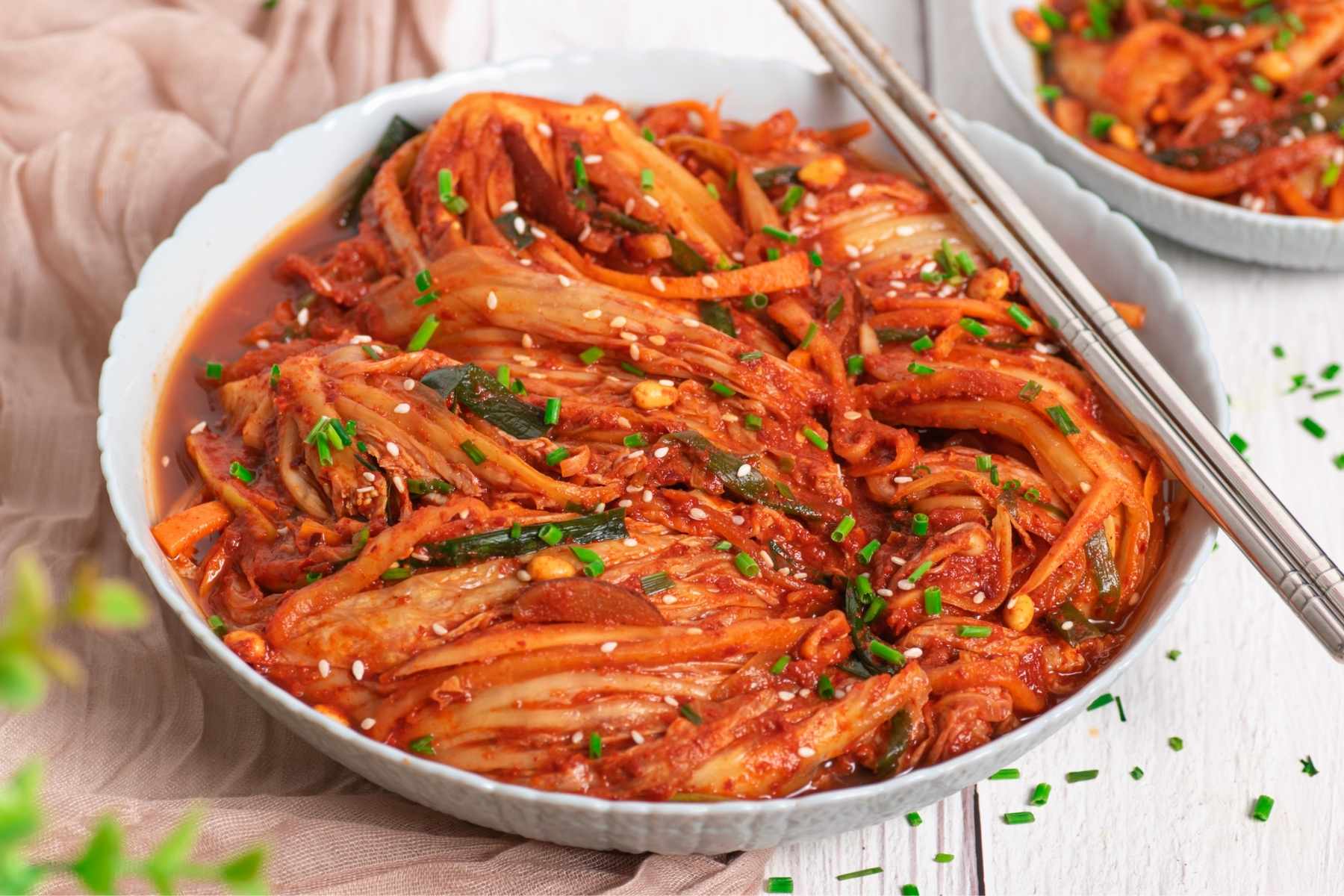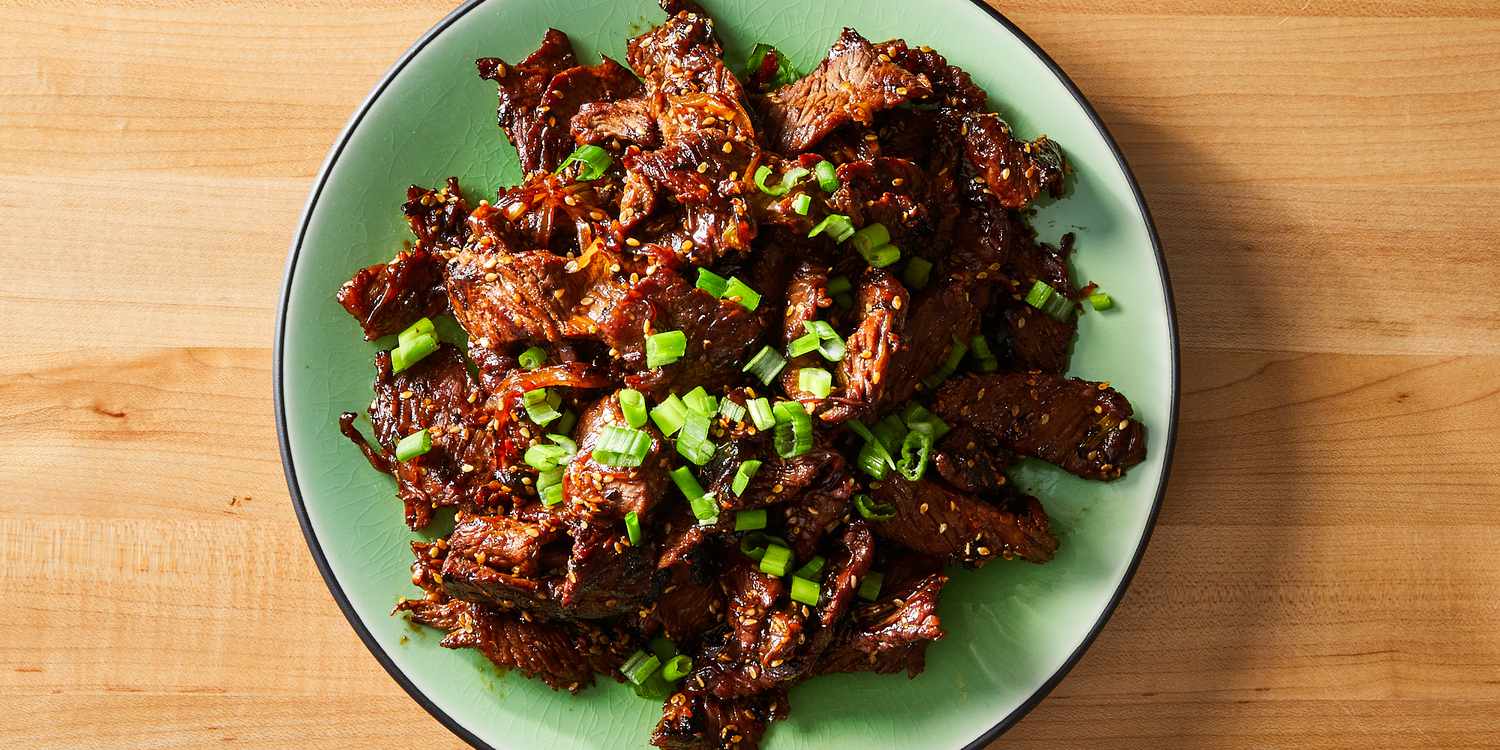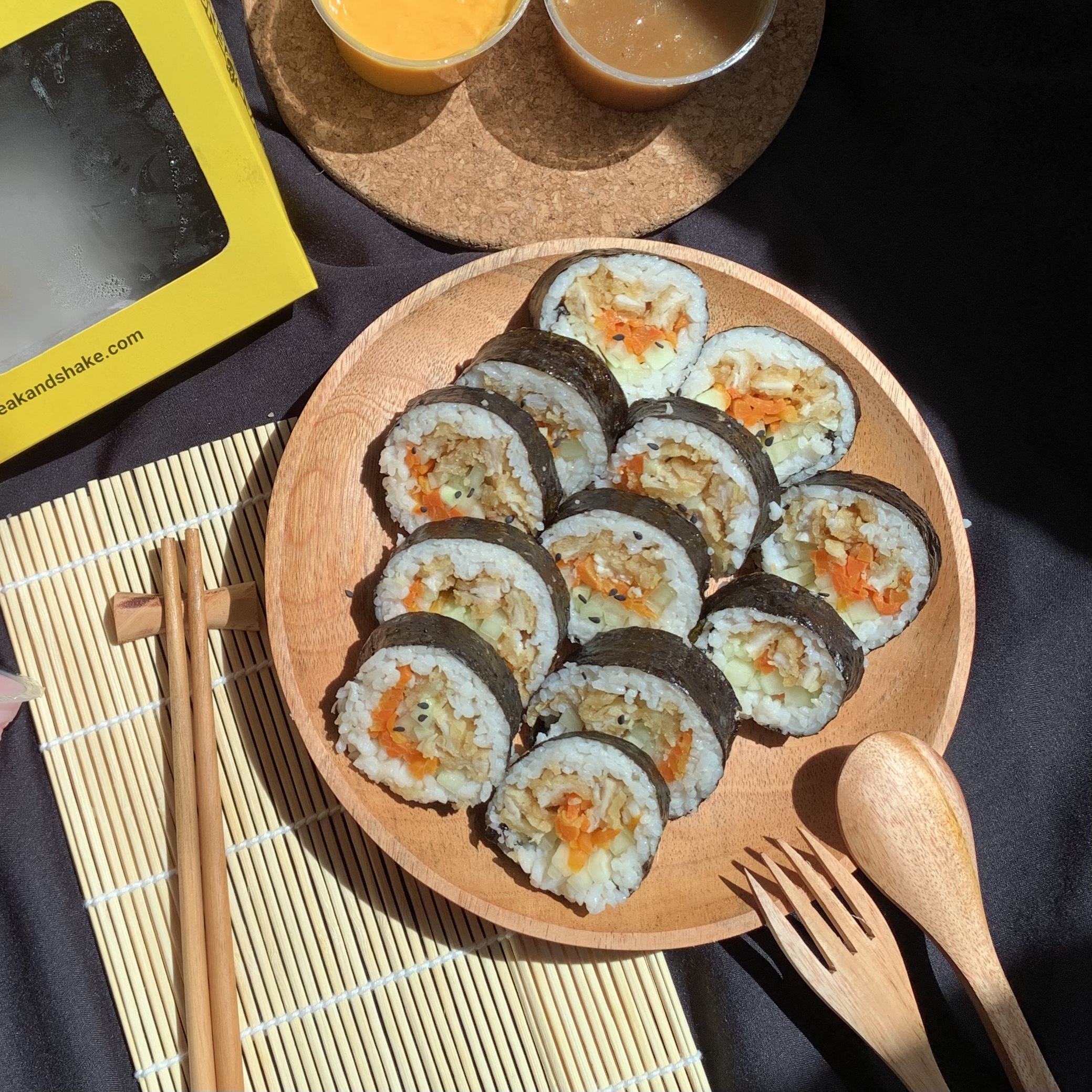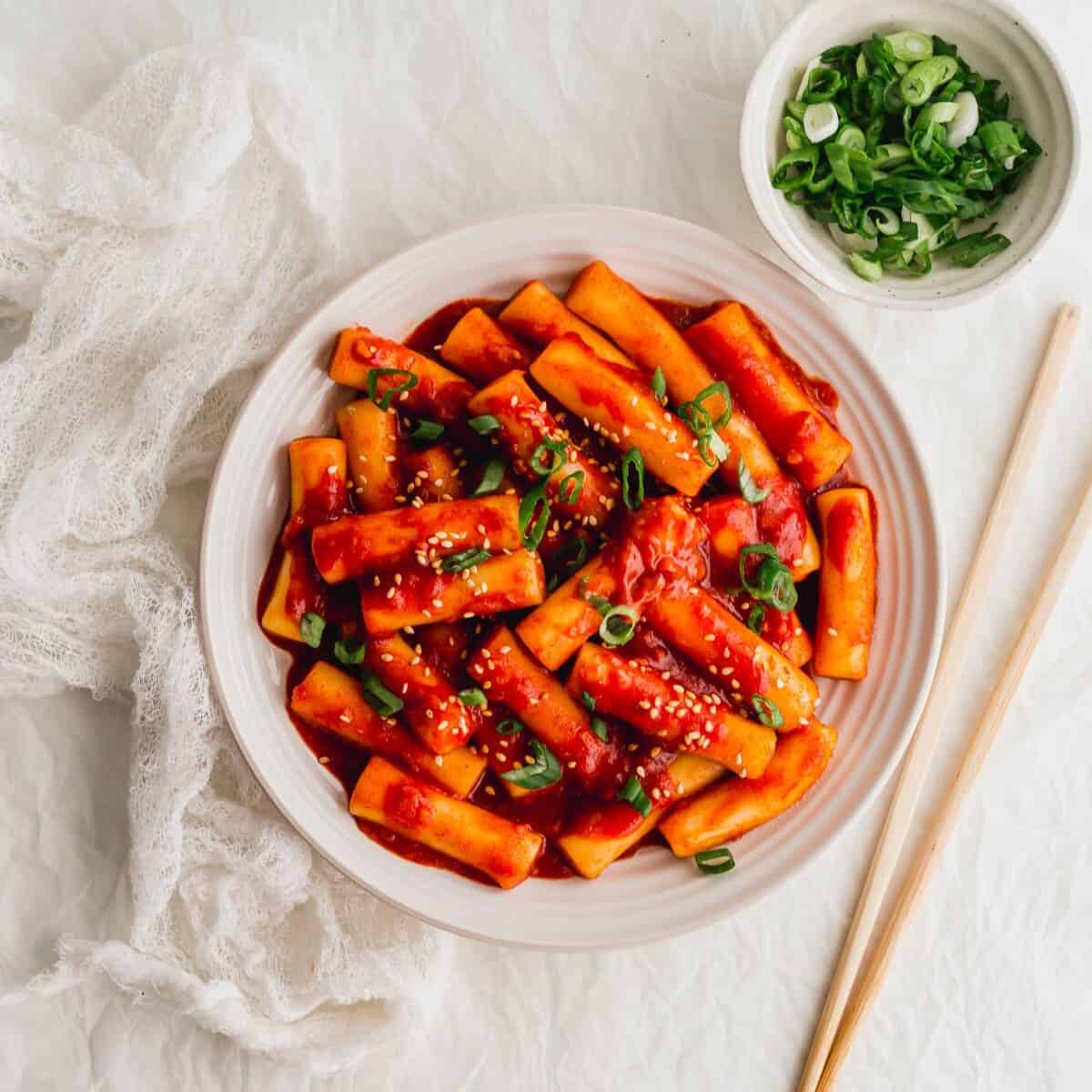ATTRACTIVE TRADITIONAL DISHES OF KIMCHI LAND
The land of kimchi, also known as Korea, is not only famous for its rich culture but also a culinary paradise with many wonderful traditional dishes. These dishes not only reflect the deep cultural identity but also show the sophistication in the way of processing and enjoying. This article will guide you to discover the most special dishes in the land of kimchi, from popular dishes to secrets in Korean cuisine.
Kimchi - The Soul of Korean Cuisine
Kimchi is the most typical dish in Korea. It is not only a side dish but also a cultural symbol, representing the lifestyle and philosophy of Korean people. Kimchi is made from fermented vegetables, mainly cabbage, with spices such as garlic, chili powder, etc.
History and origin of kimchi
Kimchi has been on the Korean menu since around 760. Today, with more than 180 different types of kimchi, each region has its own way of preparing it, creating diversity for this dish.
Studies show that kimchi is not only delicious but also very good for your health thanks to the beneficial bacteria from the fermentation process. It helps improve digestion, strengthens the immune system, and provides many vitamins for the body.
Popular types of kimchi
Cabbage kimchi: The most popular type of kimchi, often served with rice and main dishes.
Radish Kimchi: Made from white radish, has a crunchy and sweet taste, often used in soups.
Cucumber Kimchi: Cucumbers are quartered lengthwise with one end still attached, then stuffed with chopped vegetables such as carrots, onions, and sometimes radish, ginger, and garlic.
In addition, there are many other types of kimchi such as lotus root kimchi, seaweed kimchi... Each type brings a different experience in taste and feeling.
The impact of kimchi on world cuisine
With the development of global cuisine, kimchi has become a familiar dish not only in Korea but also in many other countries. Many restaurants around the world have added kimchi to their menus, proving the appeal of this dish.
Kimchi exports are also increasing, not only bringing economic benefits but also contributing to promoting Korean culture to the world.

Bulgogi - A flavorful grilled meat dish
Bulgogi, also known as Korean barbecue, is one of the most popular dishes. With tender, marinated beef pieces and grilled over charcoal, bulgogi will surely make you fall in love with it at first taste.
What is Bulgogi?
Bulgogi is one of the most famous and traditional dishes of Korea. In Korean, "Bul” means fire, and "gogi” means meat. Although this dish can be made with meats such as chicken "Dak Bulgogi” and pork "Dweji Bulgogi”, the term "Bulgogi” usually refers to the beef version.
Ingredients and preparation
Bulgogi is made primarily from beef, usually the sirloin or flank. The meat is thinly sliced and marinated in soy sauce, sugar, garlic, onions, and sesame oil. The meat is then grilled over charcoal or a cast iron pan to preserve its natural sweetness.
Making bulgogi is more than just grilling meat. A true bulgogi master will know how to create a balance of flavors, ensuring the dish is neither too salty nor too sweet.
Nutritional value
Bulgogi is not only delicious but also highly nutritious. Beef provides protein, vitamin B12, and iron, while spices such as garlic and onions have antibacterial and antioxidant properties.
When combined with raw vegetables and rice, bulgogi becomes a complete and nutritious meal. You can feel the harmony between the sweetness of the meat and the freshness of the vegetables, creating an unforgettable culinary experience.
Bulgogi in Korean culinary culture
Bulgogi is not just a dish but also has a deep meaning in Korean culture. It is often served during festivals, family reunions, or parties.
Therefore, bulgogi is not only a dish but also a bridge between people, showing family ties and friendship.

Gimbap - Unique Roll
Gimbap, also known as Korean rice rolls, is a very popular and easy-to-make snack. With simple yet rich ingredients, gimbap is an ideal choice for those who want to enjoy Korean flavors in a quick meal.
The main ingredients of gimbap
To make gimbap, you need rice, seaweed, and fillings like beef, sausage, eggs, cucumbers, carrots, and pickled radish. The combination of these ingredients creates a dish that is both beautiful and delicious.
The rice is cooked and mixed with sesame oil and salt before being spread on the seaweed. The fillings are then arranged in order and rolled tightly.
How to enjoy gimbap
Gimbap is usually cut into small pieces and can be served with soy sauce or chili sauce. This dish is not only delicious but also very convenient, suitable for outings or picnics.
When enjoying gimbap, you will feel the harmony between the sweetness of rice, the saltiness of seaweed, and the crunchiness of the fillings. This is an interesting experience that everyone should try once.
Gimbap in daily life
Gimbap is not only a common dish at parties but also a favorite fast food in daily life. Koreans often bring gimbap on long trips or eat it during lunch breaks.
The versatility in preparation and enjoyment is the strength of gimbap, making this dish more special than ever.

TTeokbokki - Hot Spicy Rice Cakes
Tteokbokki is a popular snack, often sold at Korean street food stalls. With chewy rice cakes, stir-fried with spicy chili sauce and vegetables, tteokbokki will surely captivate diners.
How to make tteokbokki
The main ingredients for making tteokbokki include rice cakes, gochujang (Korean chili paste), green onions, and boiled eggs. These ingredients will be stir-fried together in a hot pan.
The special thing about tteokbokki is the combination of the spicy taste of chili sauce and the sweetness of rice cakes. When enjoying it, you will feel the chewy texture of the rice cakes mixed with the spicy taste of the sauce, creating an unforgettable feeling.
Tteokbokki – The Food of Youth
Tteokbokki is not just a dish but also a symbol of Korean youth. It is often enjoyed during gatherings with friends, creating memorable memories.
Many Koreans consider tteokbokki a food of memories, an indispensable part of their childhood. Therefore, tteokbokki is not only a food but also a part of cultural life.
Variations of tteokbokki
Nowadays, tteokbokki has many variations, from adding cheese, and seafood to vegetables. This proves the appeal and creativity of this dish.
Although there are many different ways to prepare it, tteokbokki still retains its own unique characteristics and flavor.

FAQs
Why is kimchi important in Korean cuisine?
Kimchi is not only a dish but also carries the cultural value and long history of Korean people. This dish symbolizes the health care and lifestyle of the people here.
How long can gimbap be kept?
Fresh gimbap is best eaten immediately after preparation. However, if stored in the refrigerator, gimbap can be kept for about 1-2 days.
Can I substitute ingredients in bulgogi?
Yes, you can substitute beef with pork or chicken depending on personal preference. However, the taste will be different.
What can tteokbokki be eaten with?
Tteokbokki is often served with boiled eggs, fish balls, or vegetables. This adds flavor to the dish.

Conclude
The unique traditional dishes of the land of kimchi are not only rich in flavor but also full of cultural significance. From kimchi to bulgogi, gimbap, and tteokbokki, each dish contains the story and passion of the Korean people. If you have the opportunity, try these dishes once to better understand the unique culinary culture of the land of kimchi.
other information
- LIST OF POPULAR KOREAN RESTAURANTS IN SAIGON
- MUST-VISIT CITIES IN KOREA
- FAMOUS CHINESE DESSERT STORES IN SAIGON
- DISCOVER THE JAPANESE QUARTER IN SAIGON
- TYPICAL CHINESE DISHES IN SAIGON CHINA TOWN
- WILD & CHILL CAMPSITES IN THE NAM CAT TIEN AREA
- HISTORICAL MARKS OF THE IMPERIAL CITADEL OF THANG LONG
- HOIAN ANCIENT TOWN - UNESCO WORLD CULTURAL HERITAGE
- CO LOA CITADEL, CAPITAL OF ANCIENT AU LAC STATE
- ANCIENT CULTURE IN VIETNAMESE TERRITORY
